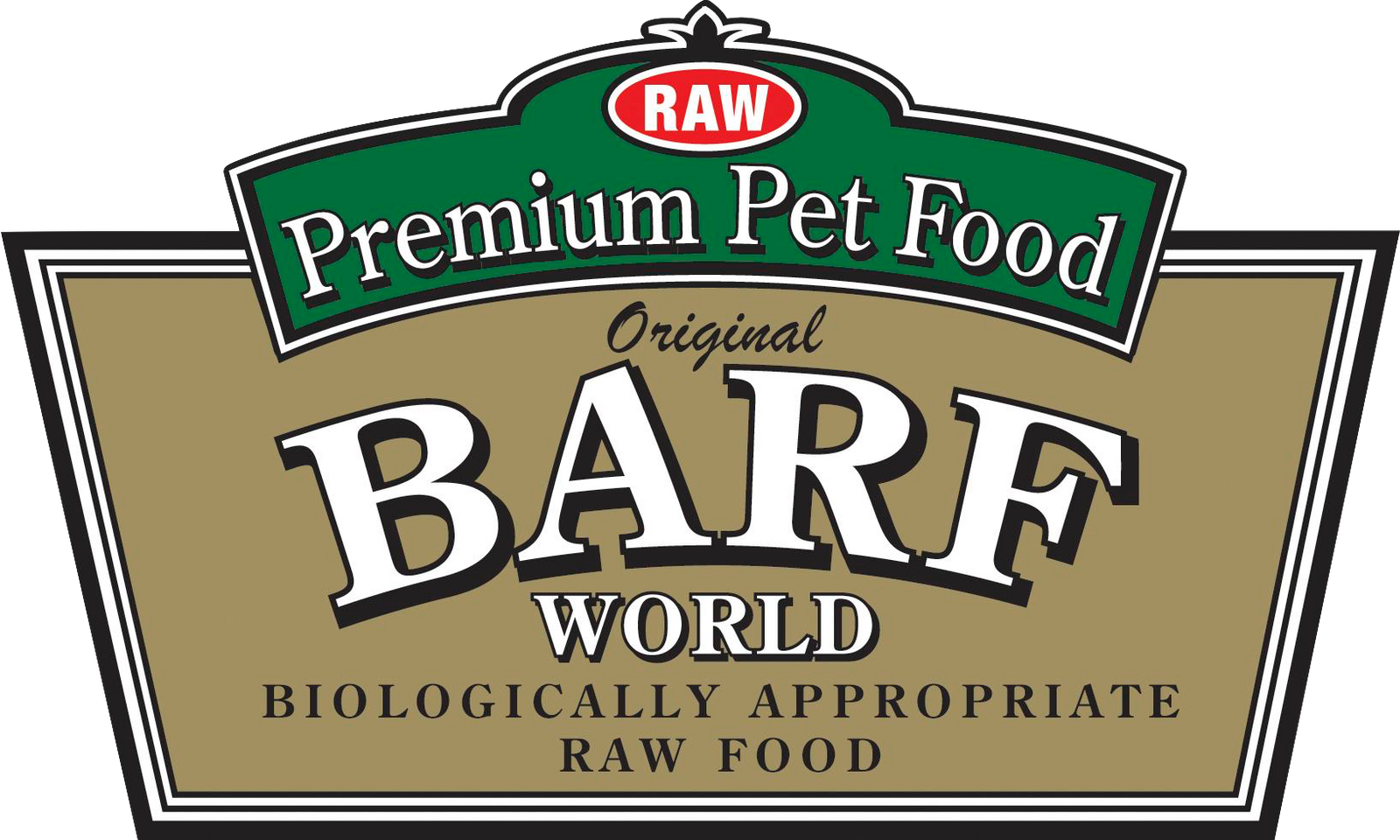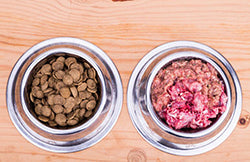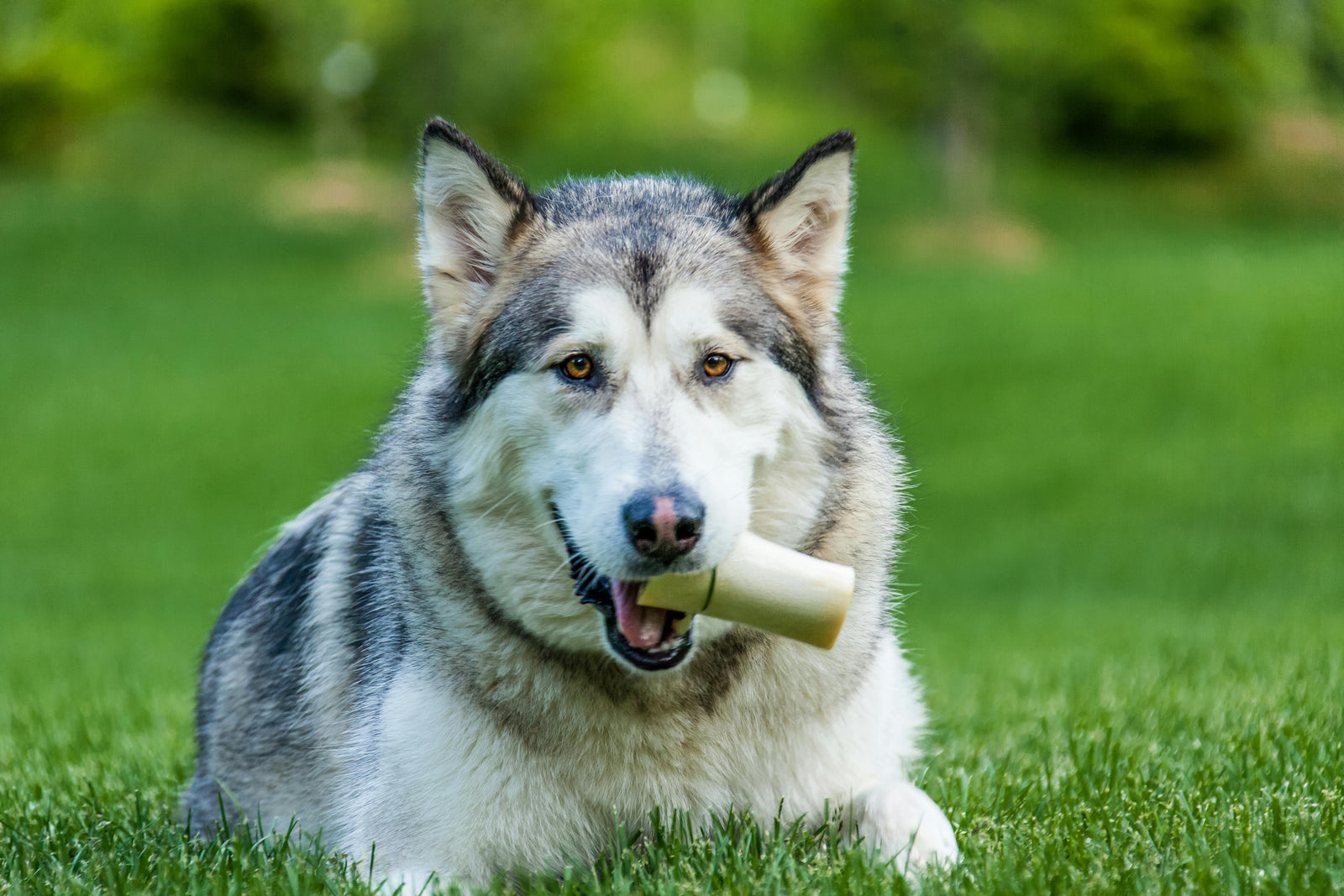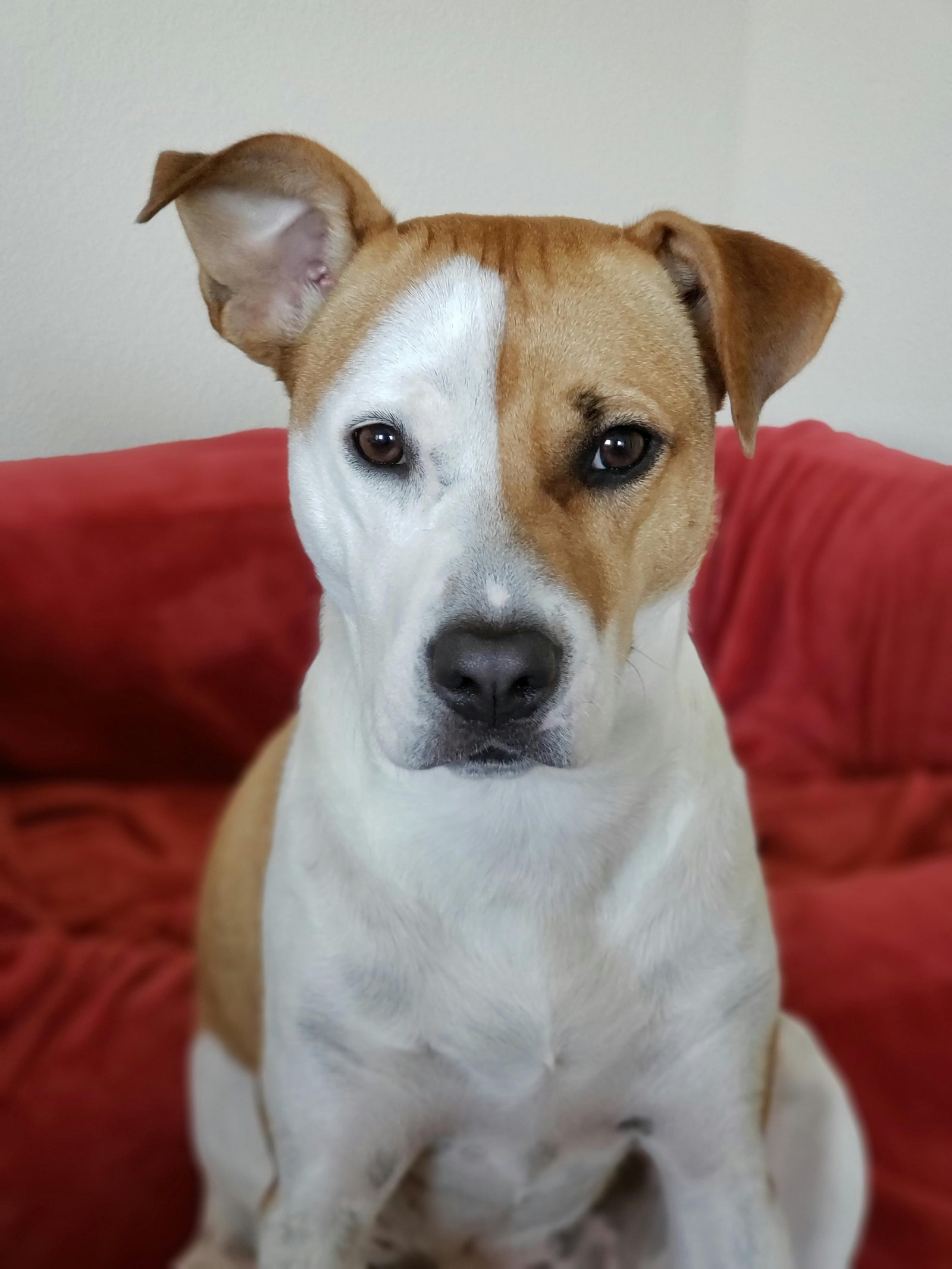In an article I read this morning about the ingredients in grain based, dry pet food made me think, “Why would anybody want to feed a product to their dog that contains so much unwanted waste from the human food chain”. Understanding the sourcing of ingredients would make an interesting topic for 60 Minutes.
The rendering industry is basically an unpublished secret of our human food industry waste chain. The ingredients for dry products contain leftovers from the human production of chicken, lamb, cattle, and swine. These disgusting materials, which are cooked over 250 degrees for up to an hour, produce the ingredients for a variety of major kibbled products. The lean muscle is cut off for human consumption, which leaves about 50% left over for processing at rendering facilities and then made into meat and bone meal or meat by-products. So basically, what your pet is eating are lungs, ligaments, bones, blood and intestines. They may also contain spoiled meat from processing plants or supermarkets, road kill, dead, dying, diseased and disabled cattle (4D), rancid restaurant grease, and euthanized companion animals.





